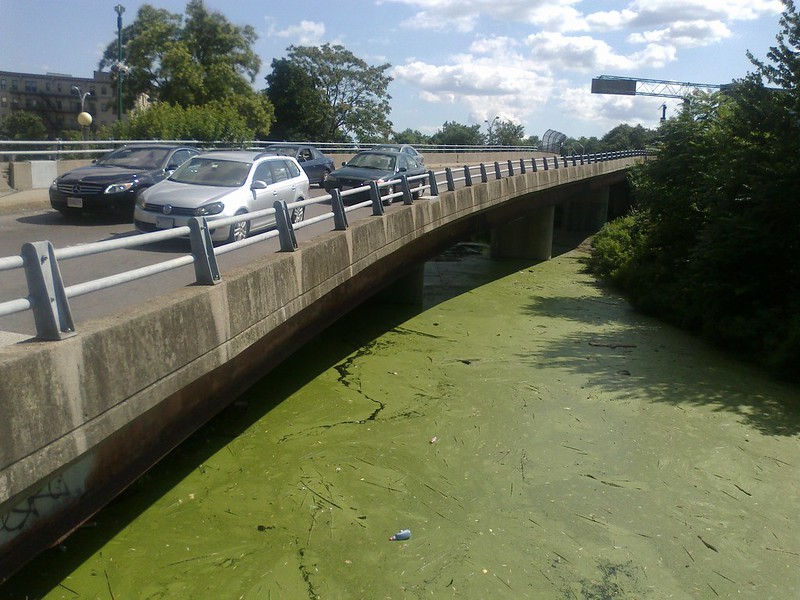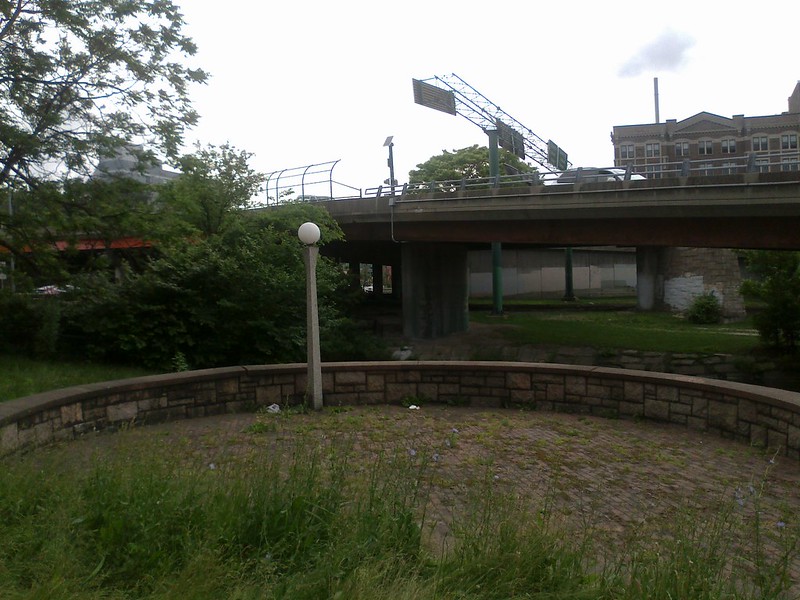Seeing the 1 and the 66 show up in the worst ten is no surprise. Both of them are massively overcrowded at most hours, which lengthens dwell times. The SL4/5 are also crowded, and they also obtain their infamy from the slow crawl through Chinatown. So much for the vaunted Bus 'Rapid' Transit. Having said that, they do have better on-time percentage than most, hitting the low-80%s, which is itself a sad reminder that most of the bus routes cannot achieve even the low service delivery standard of 75% on-time. I will be interested to see if the key bus route improvement project can do anything about the miserable slowness and on-time performance of the 1, 66, 15 and 23. Expectations are low.
Let's put aside the 114, which barely runs at all. Despite being non-key, the 69 serves significant ridership, and has a fairly straightforward routing. It just appears to be a congested corridor. The 55 runs infrequently, has low ridership, and is slow. I imagine that most of the riders in the Fenway with a choice will walk over to one of the Green Lines. Probably neither one of these has any chance of being improved in the near future (although I did notice some tinkering with stop locations on the non-key 86 route, for some unknown reason).
Another site of interest is Bostonography's bus speed map, but as you can see, their colorization is too coarse, marking anything under 10 MPH as "red." Most of the "green" is due to express segments of bus trips that occur on highways.
Buses carry about 400,000 rides per weekday in the system, and the vast majority of them are averaging under 10 MPH. A large part are averaging under 8 MPH. That's pretty bad. The MBTA along with the various cities and towns could be doing a lot more to fix this, and it would wind up saving money on operating costs. Even without bus lanes (which I encourage) a whole bunch of cheap improvements could be done: stop consolidation, curb-extensions for level boarding, off-board payment, proof-of-payment, signal priority, queue jump lanes, etc. Some of these are in the works for the key bus route improvement project, but it should not take 3 years to design and implement them. The big advantage of buses is supposed to be that it's cheap and easy to roll out and tinker with their routes. Why is that not the case here?

